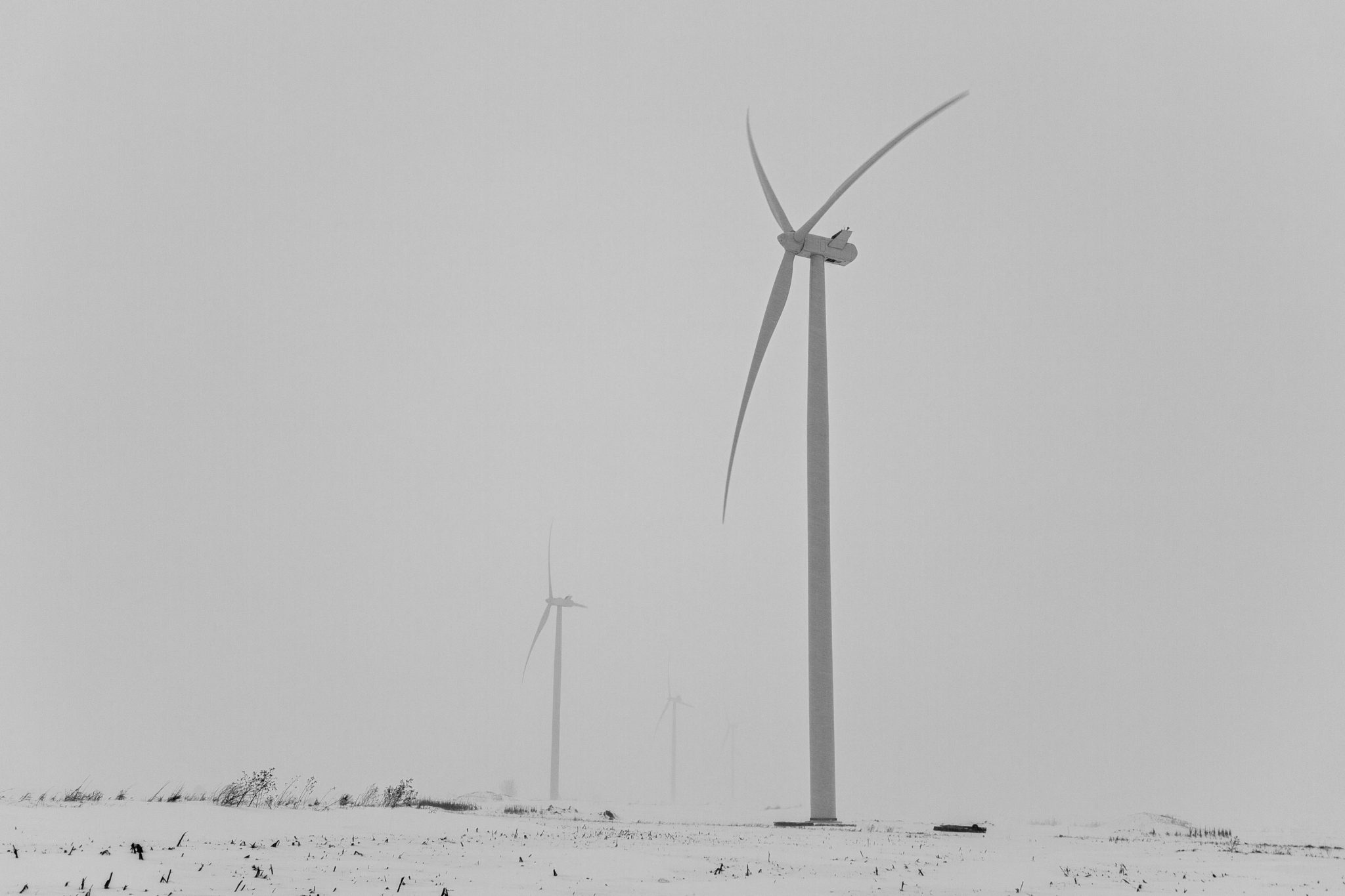Powering Through the Polar Vortex
The arctic weather proved no match for the Hoopeston Wind facility.
On the morning of January 30, record cold swept the Upper Midwest, resulting in regional temperatures matching areas of Antarctica. The polar vortex of 2019 had arrived in full force.
Hoopeston Wind Facility Manager Curtis Radke and Deputy Facility Manager Curt Sowers woke up to an ambient temperature of -20 degrees and a thick blanket of snow covering the southeastern Illinois ground. Factoring in wind chill, the two men layered on hats, sweaters, jackets, and gloves to brave the biting gusts and bitter -54 degree temperature—cold so extreme that one could get frostbite within minutes. Once they were certain that the wind facility was shored up against the elements, Radke and Sowers made the decision to monitor the site remotely from the warmth and safety of their homes.
As much of the Midwest was shutting down during the very coldest parts of the polar vortex, the Hoopeston Wind farm’s production was off the charts.
The Midwest had been gearing up for the dangerously low temperatures for days, and when the polar vortex finally hit, more than 50 million people were impacted. Businesses, schools, and governments shut down. The U.S. Postal Service halted mail delivery across parts of ten states.
But for Radke and Sowers, the work didn’t stop. At the Hoopeston Wind facility, it was business as usual through the polar vortex—except for one thing.
As much of the Midwest was shutting down during the very coldest parts of the vortex, the wind farm’s production was off the charts. Hoopeston Wind ran night and day at nearly full capacity, with only one turbine out of nearly fifty tripping offline because of the plunging mercury.

The wind facility, which feeds the Chicago area through the Midcontinent Independent System Operator (MISO) market, helped keep the city’s electric heat strong and steady at a time when Chicago was facing temperatures lower than it had seen in 30 years.
Across the Midwest, homes and businesses cranked up their thermostats, straining the grid and causing power prices to start creeping up. In Michigan, where natural gas was unable to match the pace of such sudden usage spikes, two utilities and the state’s governor called on consumers to leave their thermostats in the mid-sixties to ease the burden on the grid.
As some natural gas plants shut off due to the risk of freezing, Hoopeston and other wind facilities across the Midwest picked up some of the slack. With wind energy generation at all-time highs, customers were protected from some of the price spikes that they could have seen per the law of supply and demand.

